#groznyi
Explore tagged Tumblr posts
Text

#groznyi#fire emblem groznyi#fire emblem#smash or pass#fire emblem blazing blade#fire emblem the blazing blade#elibe#mainline#fe smash or pass#fire emblem smash or pass
1 note
·
View note
Text
Artist
34 notes
·
View notes
Photo

New medieval OC, Mongol heavy cavalry girl by hero_of_groznyi
#hero of groznyi#steppe nomad#mongol#cavalry#horse archer#scale armor#lamellar#this is why the rest of the world didn't develop plate armor
175 notes
·
View notes
Text

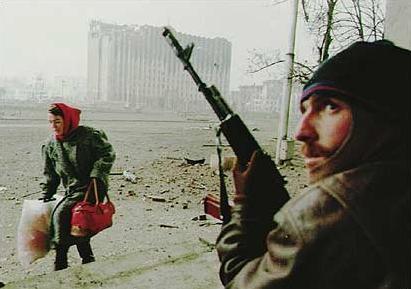


#chechen#chechen war#chechen wars#chechnya#grozny#groznyy#чеченские войны#грозный#чеченская война#Чечня
65 notes
·
View notes
Text
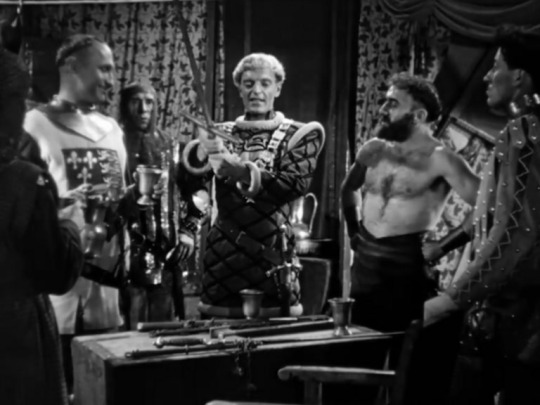
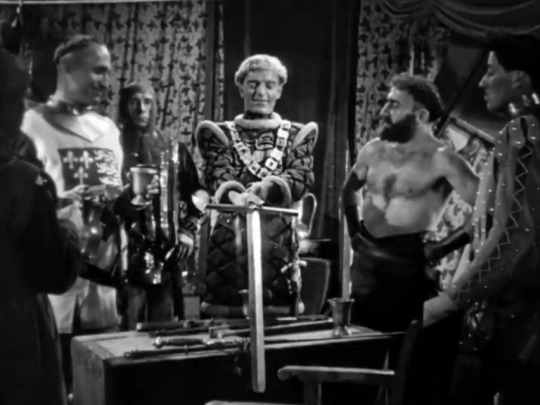
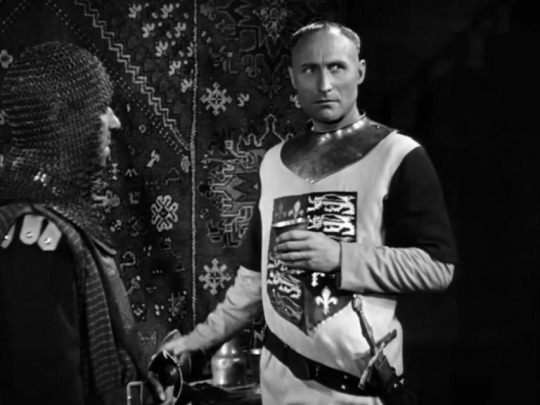

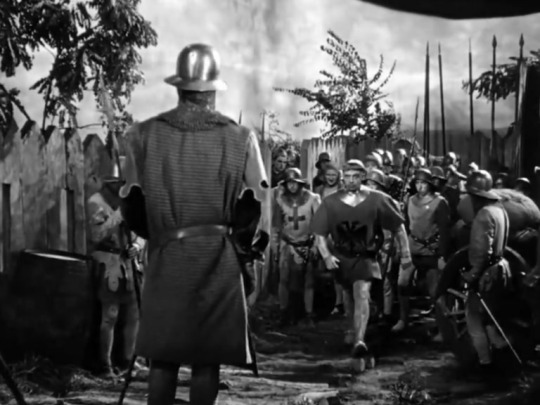
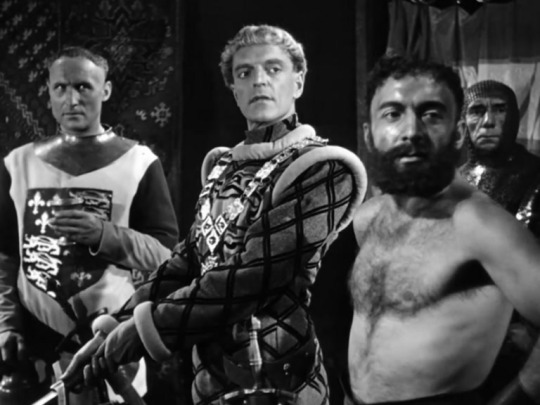
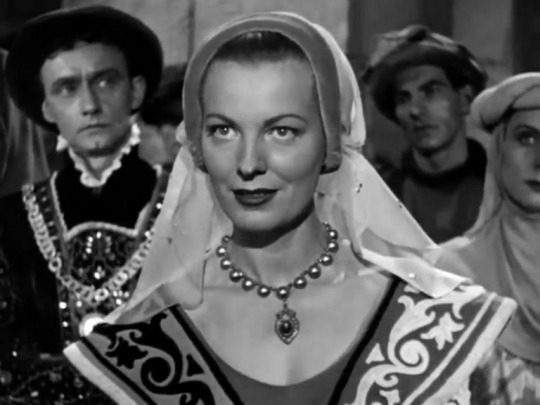

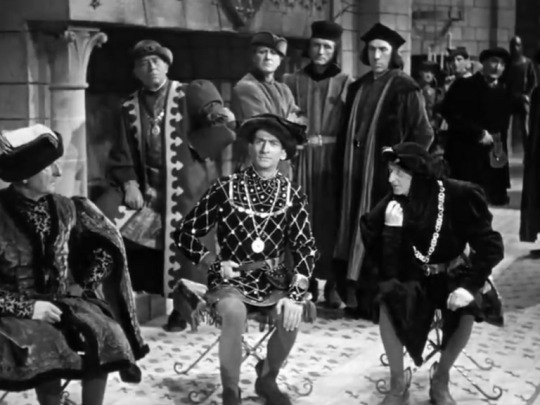
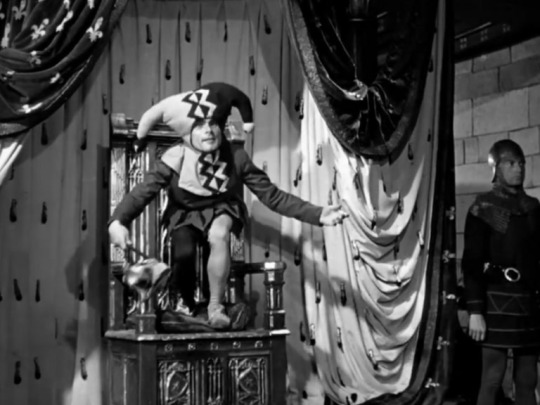
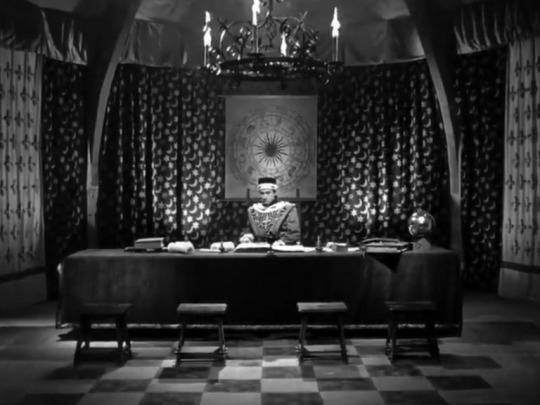
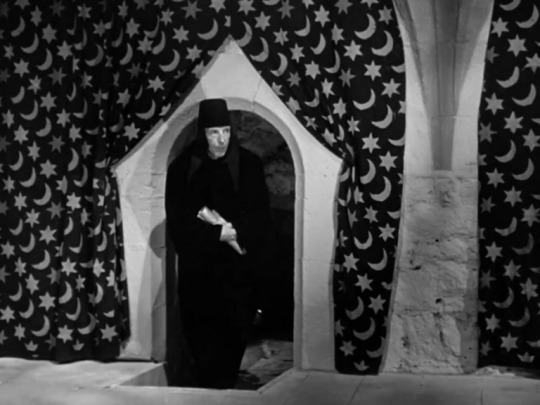






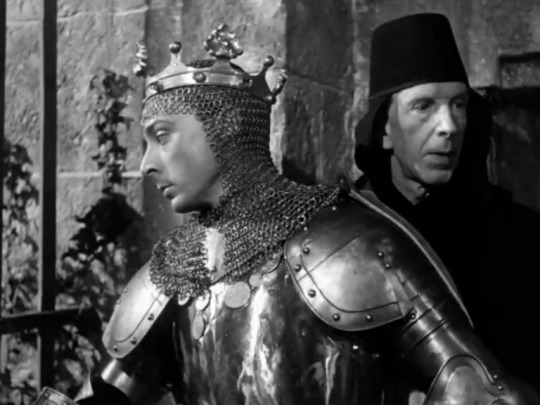
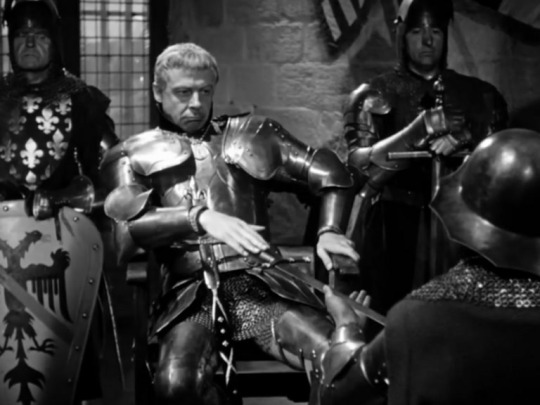

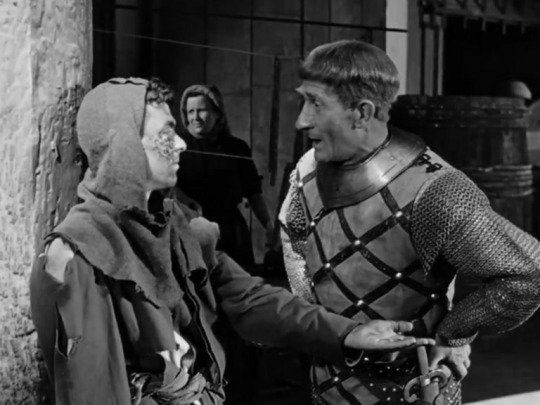
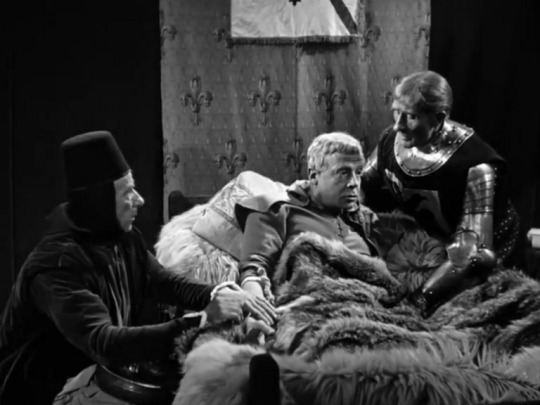

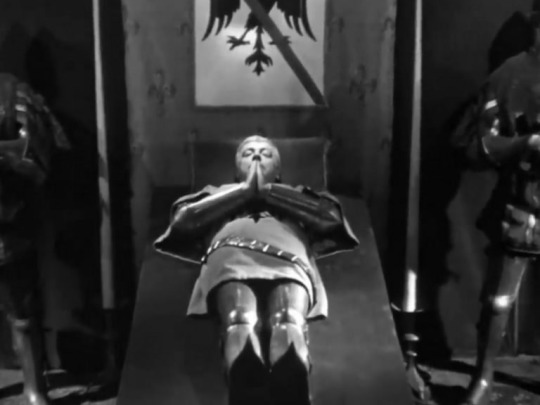

#du guesclin#bernard de latour#1949#ivan groznyy#the seventh seal#leben des galilei#everything you always wanted to know about sex but were afraid to ask#in weiter ferne so nah#the man who killed don quixote#obst & gemüse oder der kunde ist könig#nebra
4 notes
·
View notes
Text

0 notes
Text
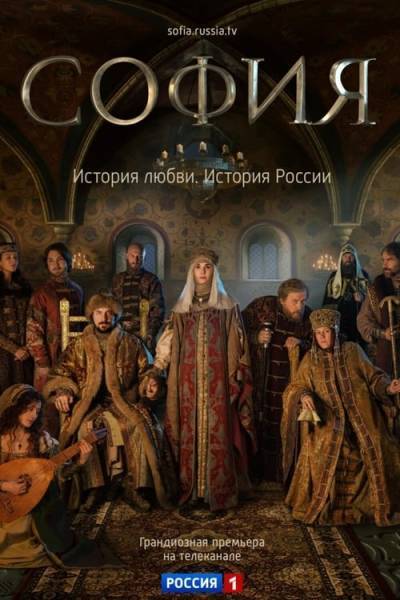

ROUND 3: GROUP D
#round 3#sophia#sophia 2016#the terrible 2020#the terrible#groznyy 2020#tsar ivan groznyy#russian period dramas bracket#period dramas#tumblr bracket#polls#tumblr polls#russian period dramas
0 notes
Text
youtube
It's not healthy to believe your own propaganda. Unfortunately Vladimir Putin buys his own distorted views of Russian history which he then peddles to people like Tucker Carlson who are utterly clueless about Eastern Europe.
Masha Lavrova of The Kyiv Independent interviewed British historian Dr. Jade McGlynn of the Department of War Studies at King’s College London.
Putin's deformation of history is a major feature of what has been driving Russia's aggression.
Putin's attempt to restore the glories of the Russian Empire only serves to weaken Russia in the 21st century. But Putin's grandiose self-deception probably keeps him from acknowledging this.
Dr. McGlynn points out that Putin simply doesn't accept Ukraine as a real country. That's the root of the problem.
If we look at what Putin has said about Ukraine, you know, even if we only go back to 2014, there's plenty of evidence that this is not going to be solved by just giving him a little bit more of Ukrainian land. This is about a war to reshape the global order and, in Russia's view, it has the right, and also it has the need. [ … ] Because Russia is a "great state" and Ukraine is a "colony", it will therefore either be a colony of the West, which he [Putin] doesn't want, or be a colony of Russia, which he does want.
She blames the lack of understanding by some alleged Russia specialists in the West on their inability to understand Russian. They are simply unable to understand Putin and the context of what he's been saying for the past 10 years.
Speaking of Russian, in the vid Dr. McGlynn uses the Russian name for Ivan the Terrible which is Ivan Groznyy — or Иван Грозный in Cyrillic script.
#invasion of ukraine#jade mcglynn#masha lavrova#kyiv independent#vladimir putin#russian history#distortion of history#kyivan rus#russian imperialism#neocolonialism#russia's war of aggression#искажение истории#владимир путин#путин хуйло#путлер#путин – это лжедмитрий iv а не пётр великий#путина в гаагу!#неоколониализм#руки прочь от украины!#геть з україни#вторгненн�� оркостану в україну#маша лаврова#київська русь#дерусифікація#слава україні!#героям слава!
5 notes
·
View notes
Text
Do you know what Groznyi, Aleppo, Mariupol, and plenty of other towns and villages have in common? russian impunity. It is the strongest force which drives russian terrorism fwd. Even kremlin appeasers realize that, they just hope that the next target will be not their town.

15 notes
·
View notes
Note
I was doing some reading on the bombings of Grozny earlier, and correct me if I'm wrong but isn't Putin also known as the Butcher of Grozny?
Technically, I believe that title is held (or also held, it's unclear) by Russian general Aleksandr Dvornikov, who presided over the wholesale destruction of Groznyy (in Chechnya) and Aleppo (in Syria), and then was also appointed to head up the war in Ukraine in 2022. However, since this was also done on Putin's orders and under Putin's regime, it is certainly a title/responsibility he shares in.
I wrote a post last year about the deliberate strategy of genocide and genocide denialism in post-Soviet Russia, including Chechnya and Syria, and how that was applied to the war in Ukraine, which might shed some light on how what they're doing in Ukraine was directly informed by previous undertakings, including the total destruction of Groznyy and the constant targeting of civilians in Syria (and then lying about it later). So yes, that might also be useful.
7 notes
·
View notes
Text
Air missile accident emerges as probable cause of crash tragedy | Euronews
Euronews can reveal that official sources linked to the crash investigation said that while nearing Groznyy, the flight’s destination, surviving passengers heard an explosion followed by what looked like shrapnel hitting the plane, and entering the fuselage. The information obtained by Euronews can be correlated with a news report from Azerbaijan-based international news channel AnewZ which…

View On WordPress
0 notes
Photo

Спальня: Каролина Производство: г.Ставрополь ////////////////////////////////////////////// Мебель от производителя: Ставрополь🏙️ Краснодар🌃 Турция 🇹🇷 Италия 🇮🇹 Китай 🇨🇳 У нас Вы найдете всё самое лучшее и качественное, а самое главное по доступной цене. На адрес с.Гойты // Чеченская республика 🕌 Осуществляем доставку 🚚 по всему миру 🌍 По интересующим Вас вопросам обращаться в ДИРЕКТ пожалуйста ✔✔✔ #mebel#goity#chechnya#groznyi#akhmat#rus#russia#спальная#мягкая#диван#стол#стул#кресло#море#сочи#москва#грозный#авто#айфон#мебель#заказ#реставрация#рассрочка# (at Goity, Russia) https://www.instagram.com/p/Bz6AQZmAbz2/?igshid=tqb4m6dkrq8q
#mebel#goity#chechnya#groznyi#akhmat#rus#russia#спальная#мягкая#диван#стол#стул#кресло#море#сочи#москва#грозный#авто#айфон#мебель#заказ#реставрация#рассрочка
1 note
·
View note
Photo

Hussite! by hero_of_groznyi
169 notes
·
View notes
Text

#chechnia#chechnya#chechen wars#chechen war#chechen#чеченские войны#война#Чеченская война#грозный#groznyy#grozny#Россия#90s#чечня
43 notes
·
View notes
Photo

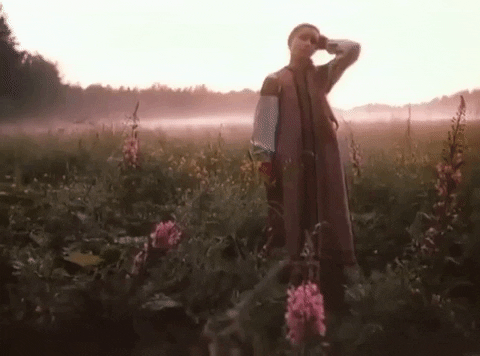
“tsar ivan groznyy”, 1991. dir. gennadiy vasilev .
217 notes
·
View notes


